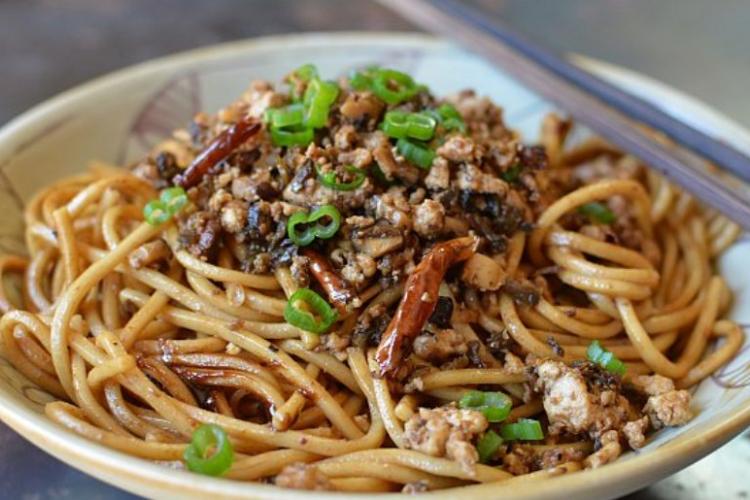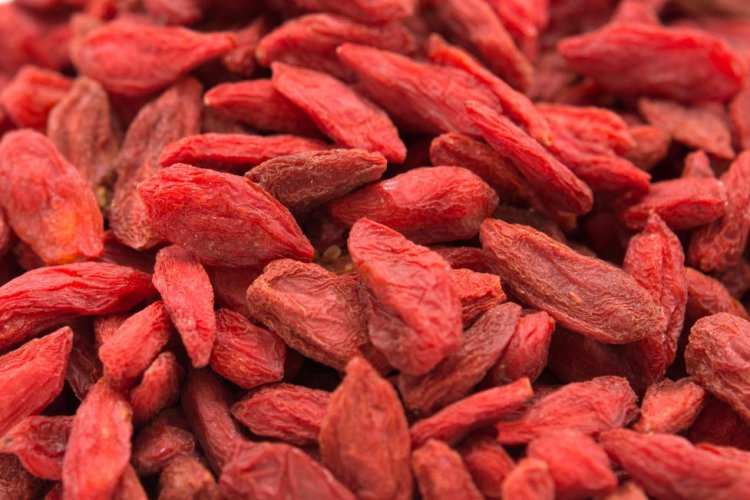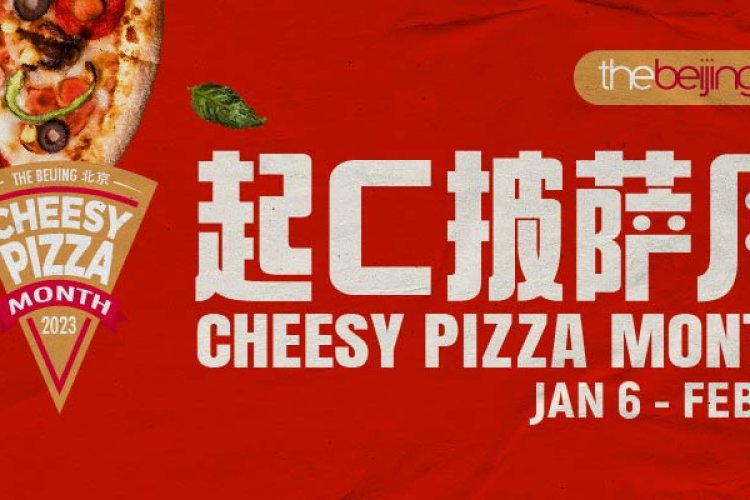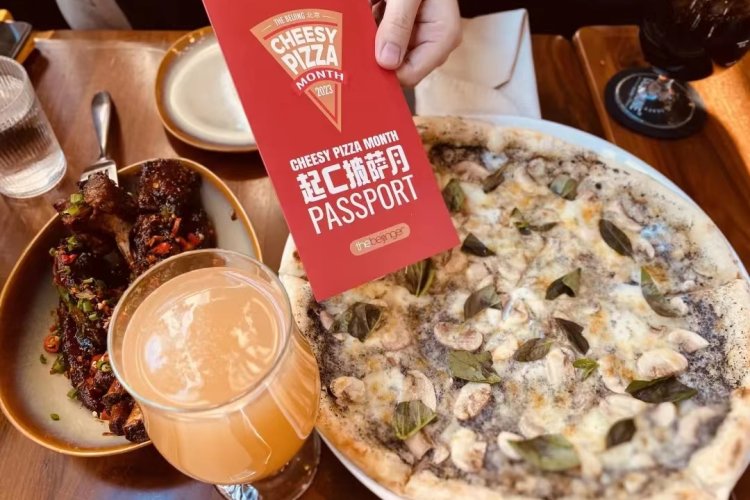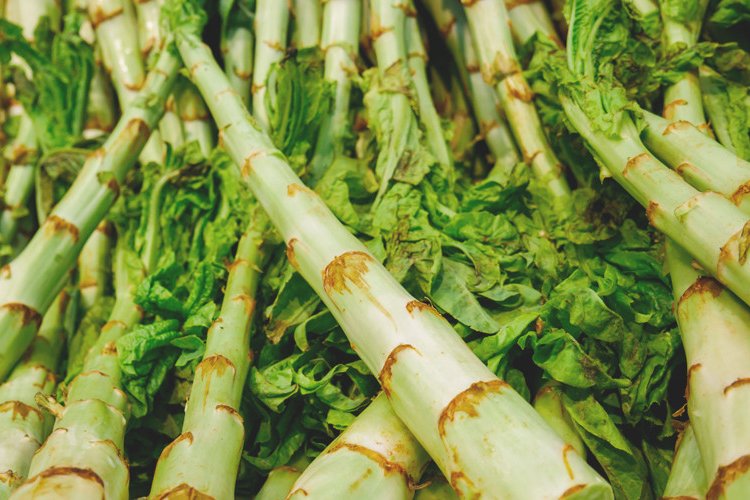Wokipedia: S is for ...
“Wokipedia” is a regular magazine column in which we introduce aspects of Chinese gastronomy, one letter at a time.
… shao 烧
Originally it meant “to burn,” but shao has become a time-tested Chinese cooking technique. Regional variations exist, but most people agree that shao involves pre-cooking ingredients, adding stock and seasoning and then stewing, with an initial burst of intense heat. Darker sauces or stocks produce a reddish result, named hongshao (红烧), while lighter stocks like chicken are called baishao (白烧.) On the other end of the spectrum is shaokao, or open-flame grilling. Some northern Chinese cities are littered with shaokao restaurants, huge emporiums dedicated to char. They offer far more than the traditional lamb kebab – think tripe, chicken hearts and oxtail.
… shanyao 山药
Popping up on many a Chinese menu, this root vegetable is touted for its medicinal properties, supposedly able to invigorate the stomach, lungs, kidneys and spleen. Shanyao is a variety of yam, neutral in flavor, which harmonizes easily with other ingredients in any number of cold dishes. The Japanese like to grate the raw root into a gluey goop. For some odd reason, Beijing restaurants prefer to serve sliced shanyao with an offensive-tasting blueberry jam. Try it in a salad instead.
... sifangcai 私房菜
Fancy some “private-house vegetable”? Translations aside, the tradition of sifangcai (private kitchen cuisine) in China is said to date back to the Qing dynasty, when a cook from Guangdong, surnamed Tan, combined Cantonese and Beijing cuisines to great effect in his home. Word spread, and he was doing three banquets a night. No menus allowed. This became known as Tan’s private cuisine, and later shortened to just sifangcai. Through the years, this definition has broadened to include many more styles of cooking.
… su 酥
A great “texture” word. Use su when you’re looking to describe a crispy texture, often multilayered and melting in the mouth. Those durian puffs, sweetly encased in pastry, that you see in Cantonese restaurants? They’re called liulian su (榴莲酥). Suyou (酥油), or “crispy oil,” also refers to butter, or the Mongolian take thereon. Divine.
Click here to see the November issue of the Beijinger in full.

